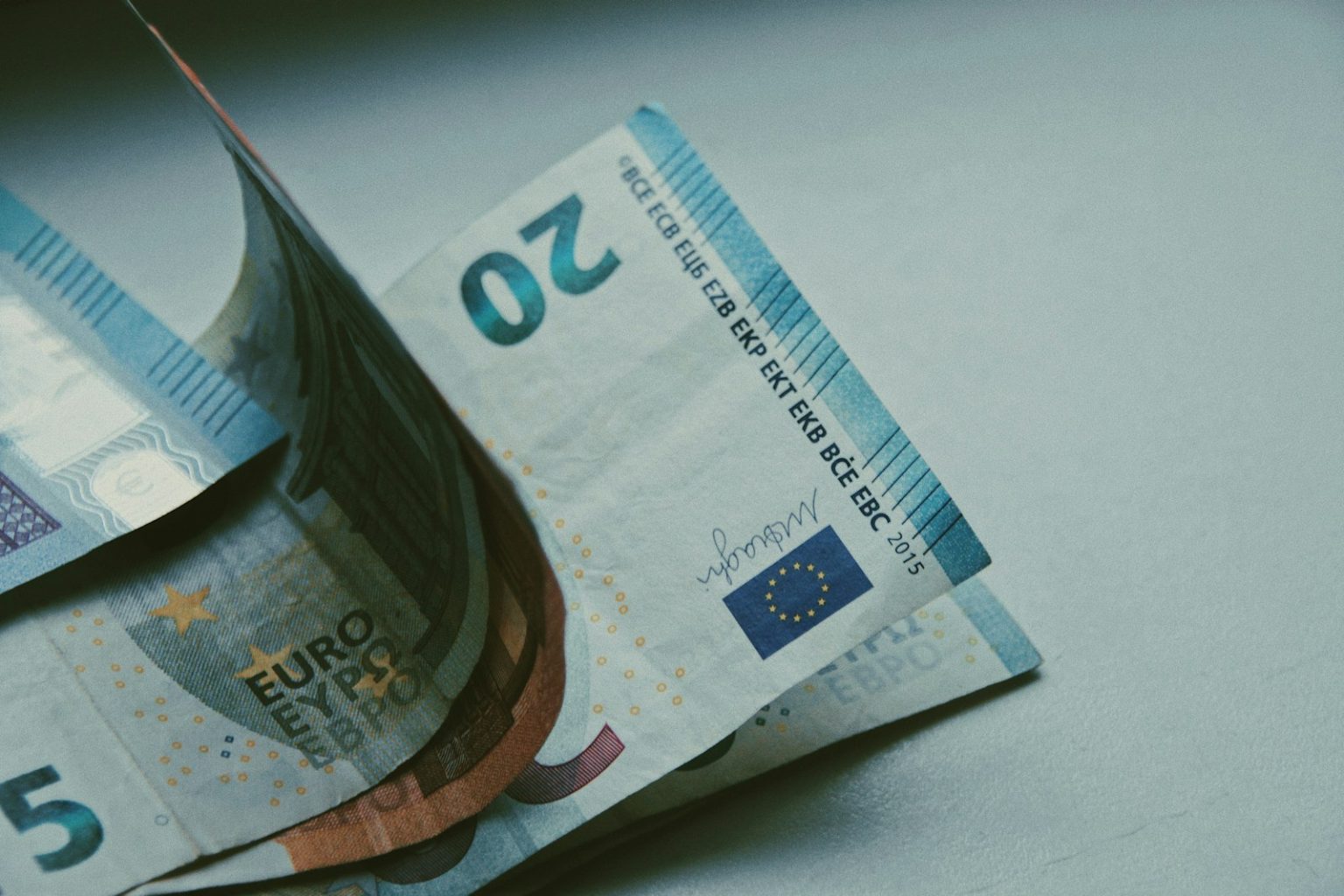The euro continues to climb against the dollar, reaching a new high above the 1.17 level. This marks the sixth consecutive day of gains for the EUR/USD exchange rate. Yesterday, Federal Reserve Chairman Jerome Powell testified before Congress.
However, his statements did not introduce any new developments. The tension between Powell and the Trump administration persists, stemming from disagreements over the Fed’s decisions to maintain current interest rates. The climate of uncertainty that began with the enactment of high tariffs months ago continues to affect the US dollar.
This remains a significant short-term challenge for the currency. The exchange rate has now broken out of the previously familiar trading range of 1.10 to 1.16. This validates predictions of such a shift in the market.
Investors are now focused on the upcoming announcement regarding the growth rate of the US economy. Despite the euro’s strong upward trend, some analysts remain steadfast in their strategy to open positions favoring the US dollar near the 1.18 level. They anticipate consolidation before any significant move towards 1.20.
The euro’s value against the dollar has returned to pre-war levels. The euro-dollar exchange rate reached 1.159 this morning, a rate last seen on June 12, prior to the conflict between Israel and Iran. Since the beginning of this year, the euro has been steadily climbing against the dollar.
However, after the attack, investors opted for a classic risk-off move, pouring cash into the world’s reserve currency, the dollar.
Euro extends its uptrend streak
Despite this temporary influx into the dollar, the euro has regained its footing.
This signals a return to stability in the market. The progression suggests a level of confidence among investors in the Eurozone’s economic resilience. The EURUSD has extended its recent uptrend, momentarily reaching its highest level since October 2021.
This move, however, stalled just above the June high and the highest level for the year. Today’s price action once again approached that high but was unable to break through. This resulted in a market pullback towards a familiar resistance area.
Despite the failure to maintain the breakout, the broader trend remains positive as long as the pair stays above support. Key initial support is now identified between 1.1569 and 1.1578, a zone defined by a series of recent lows and the 100-hour moving average. This swing area has previously acted as a launchpad for bullish reversals.
It remains a key indicator of short-term market control. A break below the 1.1569–1.1578 zone would weaken the bullish sentiment. This would open the door to targets at 1.1549 and 1.1537, marked by the 100-hour and 200-hour moving averages.
Falling below these levels would shift control towards the sellers. On the upside, a firm push above 1.1629 would likely attract another wave of buying interest. This would confirm the next phase of the broader uptrend.
Buyers remain in control above 1.1570 but will need a decisive break above 1.1629 to unlock further upside potential.







